Nestled in the heart of northern Thailand, Chiang Mai has long been celebrated for its rich history, spiritual sanctuaries, and vibrant arts scene. But in recent years, a quiet revolution has been unfolding in its labyrinthine alleys. The city’s historic lanes, some dating back over a century, are being reimagined by a new generation of local artists, transforming them into dynamic hubs of creativity and community. This isn’t just gentrification—it’s a cultural reawakening, where the past and present coalesce into something entirely fresh.
Walking through these revitalized alleys feels like stepping into a living gallery. Murals stretch across weathered brick walls, their bold strokes telling stories of Lanna heritage and contemporary struggles. Pop-up galleries occupy once-derelict shophouses, their doors thrown open to welcome curious passersby. At night, string lights illuminate makeshift performance spaces where poets, musicians, and dancers collaborate in spontaneous harmony. The air hums with the energy of creation, a stark contrast to the tourist-heavy night markets just blocks away.
What makes this movement remarkable is its grassroots nature. Unlike top-down urban renewal projects, these transformations are being led by artists who grew up in these very neighborhoods. Take the once-sleepy Soi Samlan, now a thriving arts corridor. Local ceramicist Wit Pimkanchanapong convinced his childhood friends—a mix of painters, sculptors, and textile designers—to pool resources and lease a row of abandoned shopfronts. "We didn’t want to wait for some developer to erase our history," he explains, kneading clay in his sunlit studio. "These walls remember our grandparents’ stories. Our art lets them speak again."
The creative revival extends beyond visual arts. Down a narrow passage off Wua Lai Road, the scent of molten metal leads to a collective of jewelry makers preserving ancient silver-smithing techniques. Nearby, a repurposed rice barn hosts weekly "sound baths" where experimental musicians play traditional instruments like the saw u alongside synthesizers. Even the food scene reflects this artistic ethos, with third-generation noodle vendors collaborating with young chefs to reinvent classic dishes as edible installations.
This cultural ferment hasn’t gone unnoticed. While international visitors are beginning to seek out these authentic experiences, the alleys remain primarily frequented by Thai creatives and students from Chiang Mai University. The lack of English signage and deliberately low-key social media presence creates an organic barrier against mass tourism. "We’re not hiding," laughs mixed-media artist Nattaya Tanadumrongsak. "But we want people to discover these spaces through curiosity, not Instagram geotags. The magic happens when you turn a corner and stumble upon something unexpected."
Preservation remains a delicate balancing act. Some older residents initially resisted the changes, fearing the erosion of traditional ways. But many have become unlikely collaborators—like the elderly fruit seller who now rents her storeroom to a bookbinding collective in exchange for help digitizing her family’s photo albums. Such intergenerational exchanges are becoming the movement’s hallmark, ensuring that innovation honors rather than overwrites the past.
As the tropical sun dips behind Doi Suthep, casting golden light through the alleyways, the district transforms yet again. Paper lanterns flicker to life outside a converted teak house where a group of young playwrights are workshopping a performance blending likay folk theater with modern dance. Nearby, the clatter of mahjong tiles mixes with the whir of a 3D printer in a shared maker space. In these moments, Chiang Mai’s creative future feels palpable—not as a rejection of its history, but as its most vibrant continuation.
The true brilliance of Chiang Mai’s alleyway renaissance lies in its refusal to be categorized. It’s neither museum nor trendy arts district, but something fluid and alive. For travelers weary of packaged cultural experiences, these transformed lanes offer something rare: the chance to witness creativity unfolding in real time, shaped by the hands and hearts of those who call this city home. As one young graffiti artist spray-painting a delicate lotus motif onto a centuries-old wall put it: "Here, art isn’t something you see. It’s something that sees you back."
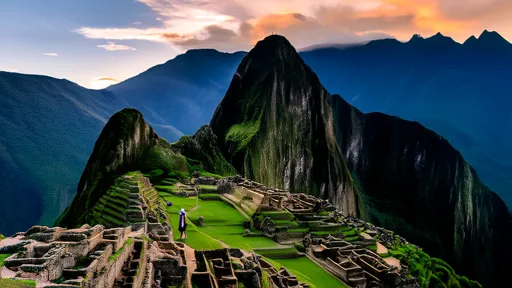
By /Aug 5, 2025
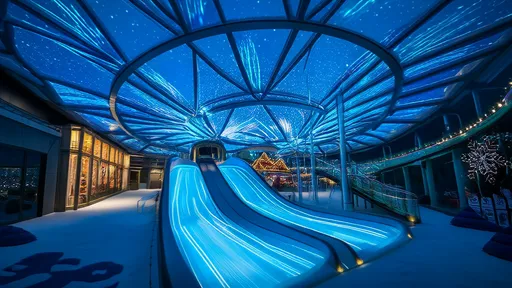
By /Aug 5, 2025

By /Aug 5, 2025

By /Aug 5, 2025

By /Aug 5, 2025

By /Aug 5, 2025
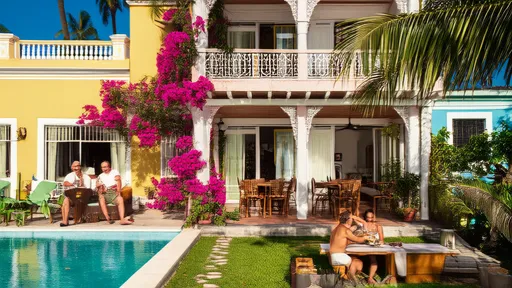
By /Aug 5, 2025
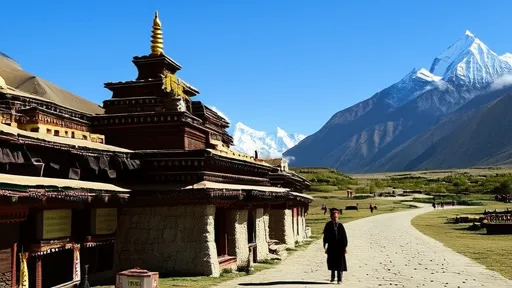
By /Aug 5, 2025
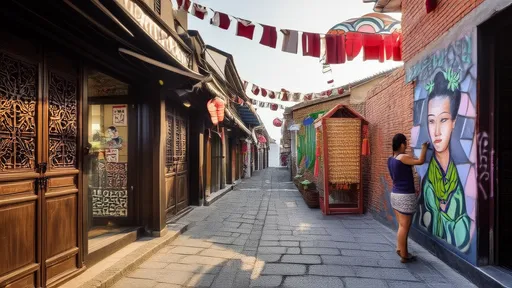
By /Aug 5, 2025
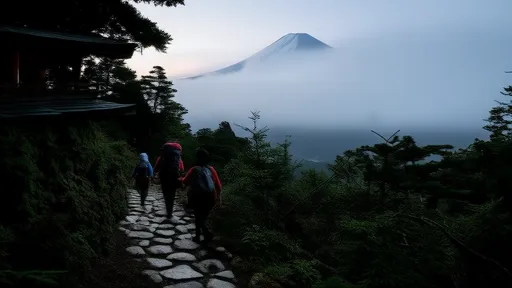
By /Aug 5, 2025

By /Aug 5, 2025

By /Aug 5, 2025

By /Aug 5, 2025

By /Aug 5, 2025
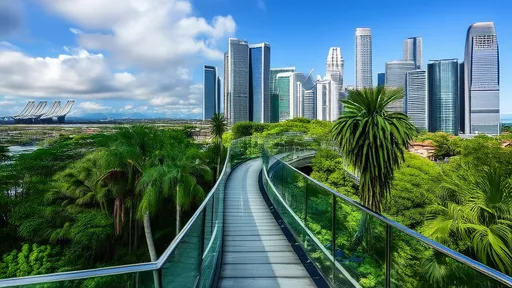
By /Aug 5, 2025

By /Aug 5, 2025

By /Aug 5, 2025
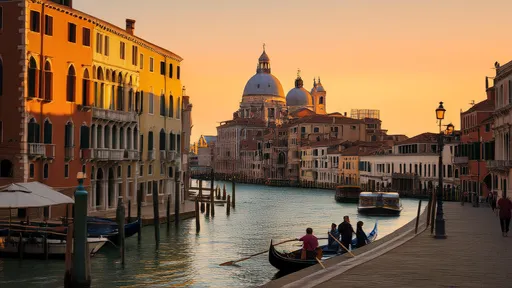
By /Aug 5, 2025

By /Aug 5, 2025

By /Aug 5, 2025